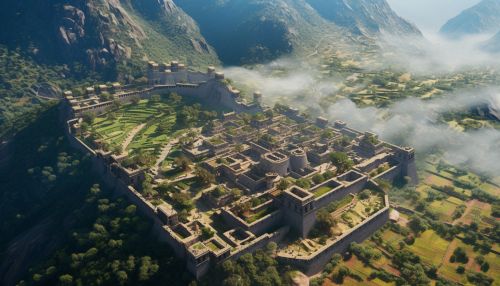Inca civilization
Origins and Expansion
The origins of the Inca civilization are shrouded in myth and legend, but archaeological evidence points to the city of Cusco as the birthplace of this mighty empire. According to Inca mythology, the first Inca ruler, Manco Capac, founded Cusco in the 12th century. However, the Inca civilization did not rise to prominence until the 15th century under the rule of Pachacuti, who embarked on a series of military campaigns that expanded the empire across much of western South America.


Society and Culture
Inca society was highly stratified, with the Sapa Inca (emperor) at the top, followed by the nobility, and then the commoners. The Inca civilization was known for its sophisticated administrative system, which included a network of roads, storehouses, and a complex system of quipu - knotted strings used for record keeping.
Culturally, the Incas were accomplished weavers, potters, and metalworkers. They built impressive stone structures, including the famous city of Machu Picchu, and developed advanced agricultural techniques, such as terracing and irrigation.
Religion
The Inca religion was polytheistic, with a pantheon of gods headed by Inti, the sun god. The Incas practiced human sacrifice, particularly during times of famine or war. They also believed in an afterlife and mummified their dead.
Decline and Fall
The Inca civilization fell to the Spanish conquistadors in the 16th century. The arrival of Francisco Pizarro and his men marked the beginning of the end for the Inca Empire. Despite their superior numbers, the Incas were no match for the Spanish, who were armed with advanced weapons and horses. The capture and execution of the last Sapa Inca, Atahualpa, in 1533, marked the end of the Inca civilization.
Legacy
The legacy of the Inca civilization can still be seen today in the architecture, agriculture, and languages of the Andean region. The Quechua language, once the lingua franca of the Inca Empire, is still spoken by millions of people in Peru, Bolivia, and Ecuador.
